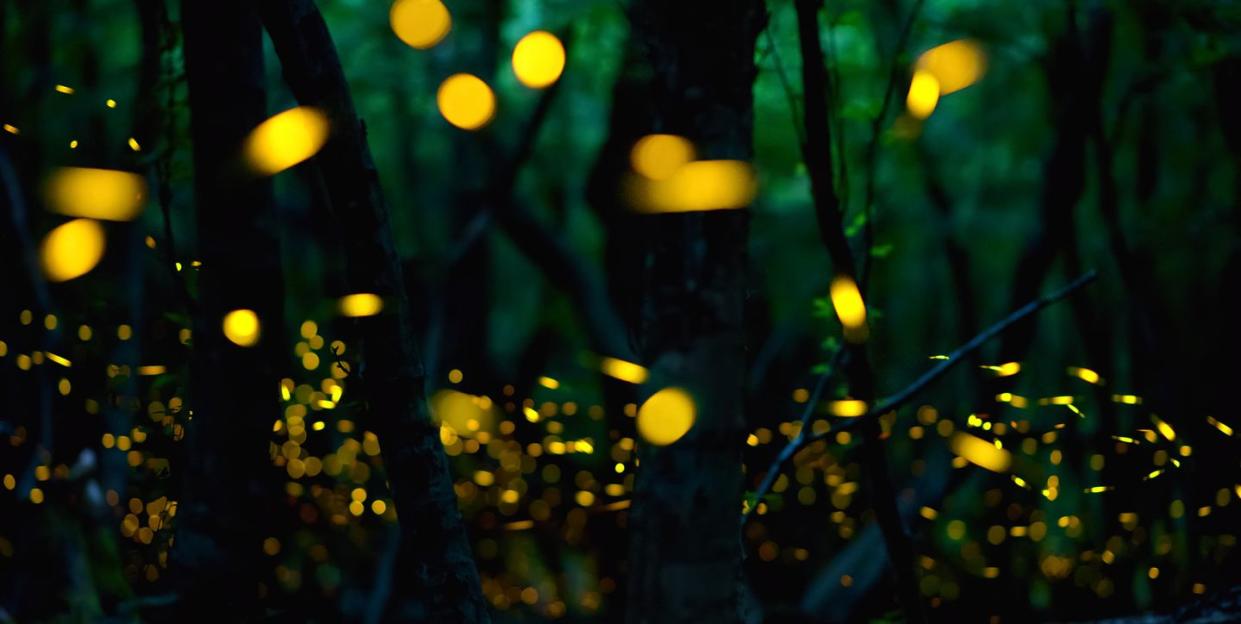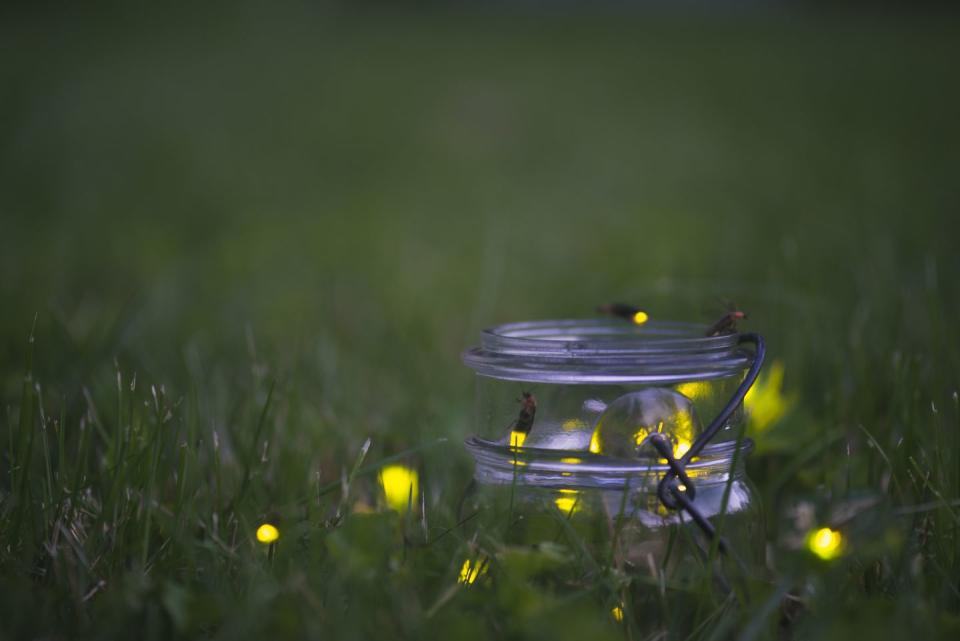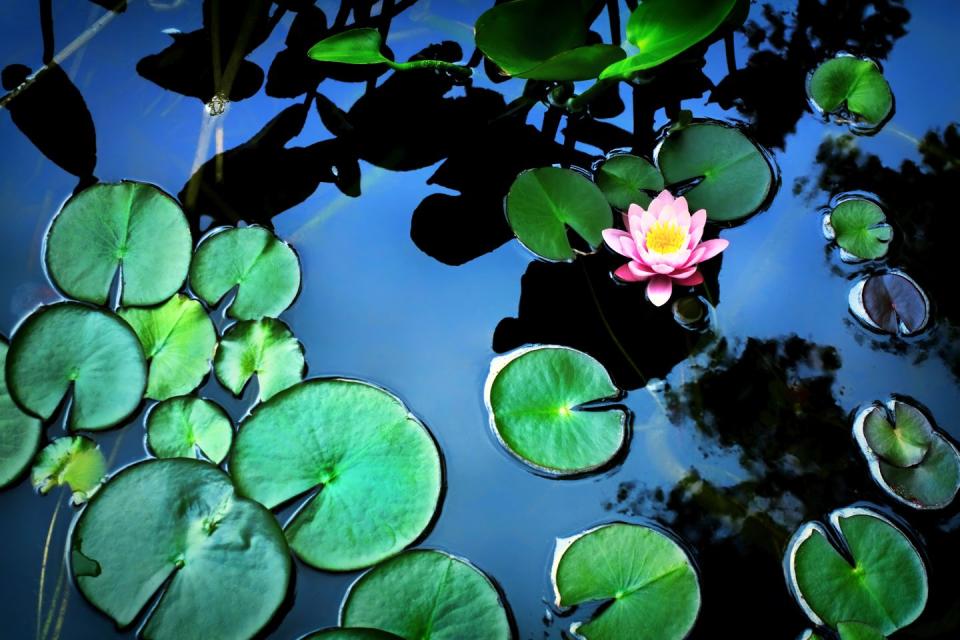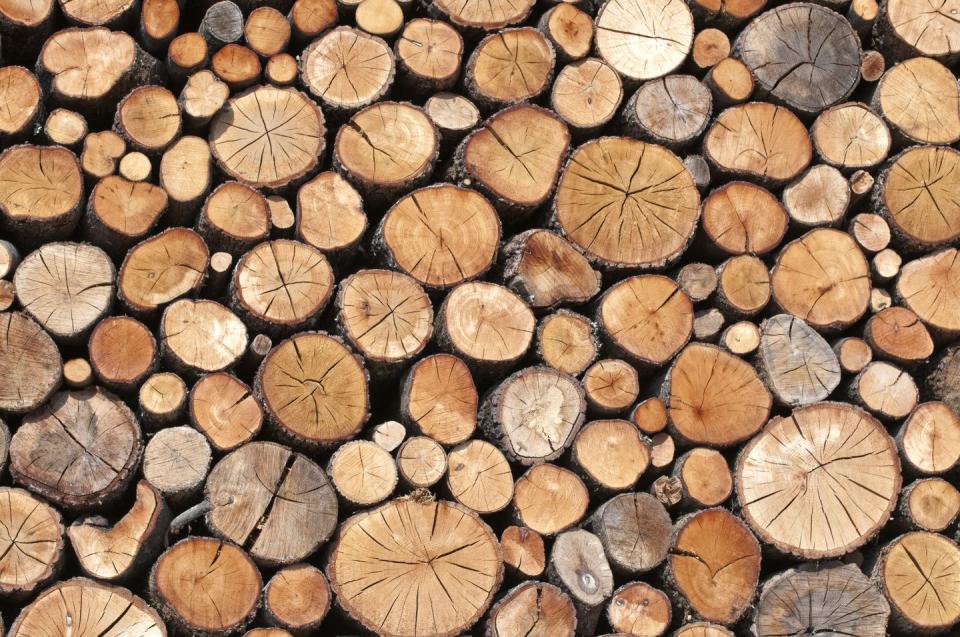5 Simple Ways to Attract Beautiful Fireflies to Your Yard

You may have spent summer evenings chasing fireflies around the backyard with a mason jar as a kid, but it’s possible there aren’t as many of those twinkling bugs lighting up the night sky these days.
Scientists from Mass Audubon and Tufts University are calling on people to help track fireflies—or lightning bugs, as you might call them—as part of Firefly Watch, a citizen science project. They want to study whether and how factors like habitat loss, light pollution, and pesticide use impact these insects.
Looking at the the firefly population is a window into the health of the environment as a whole, since fireflies’ population density is directly correlated with the availability of healthy habitat, notes Clemson University’s Firefly Project.
So what can you do about it? Here are five steps experts recommend taking in order to turn your yard into a firefly’s paradise.
Let the grass grow.

High grasses and shrubbery are a key part of a firefly’s ideal habitat. The National Gardening Association recommends letting the perimeter of your yard grow wild to create these favorable conditions. At the very least, mow less frequently to decrease the risk of killing fireflies as they rest on tall blades of grass during the daytime.
If you’re concerned about leaving brush and tall grass because ticks tend to hang out there, you could compromise and only let the brush build up on the outer edges of your property.
Create a water feature.

Like mosquitoes, fireflies love moisture, standing water, and marshy areas, according to firefly researcher Ben Pfeiffer. Most live and mate where forests and fields meet streams, but they also congregate around small puddles and other standing water during the mating season. If you’re not concerned about mosquitoes where you live, consider including a small pond in your backyard that will provide them with habitat.
Turn off your porch light.

Fireflies glow for two reasons: to warn predators to stay away (their blood is toxic) and, more importantly, to attract a mate. Males use distinct light patterns to let females of the same species know where they are. The females, who typically remain perched on tall grasses, signal back if they’re interested in a nearby suitor.
Bright outdoor lights can outshine fireflies’ tiny lanterns, interfering with mating behavior, so lend fireflies a hand by flipping off the switch at night.
Plant native pine trees.

One of the biggest threats to fireflies is habitat loss. As we turn forests, meadows, and fields into construction sites, we destroy the damp, wooded areas where fireflies lay their eggs.
Terry Lynch, a naturalist and firefly expert, writes that planting native trees—especially pine trees—helps fireflies in a couple of ways: Pines’ thick canopies block out beams of artificial light that could interfere with mating, and needles and branches that drop to the ground create the ideal spot for larvae to flourish beneath the tree.
Start an extra wood pile.

Some species of fireflies lay their eggs in rotten logs and other brush on the forest floor, and the larvae feast on the slugs, snails, and worms that this type of damp habitat attracts. Try creating more habitat for firefly larvae by letting some brush and logs accumulate under the trees in your yard.
You Might Also Like

